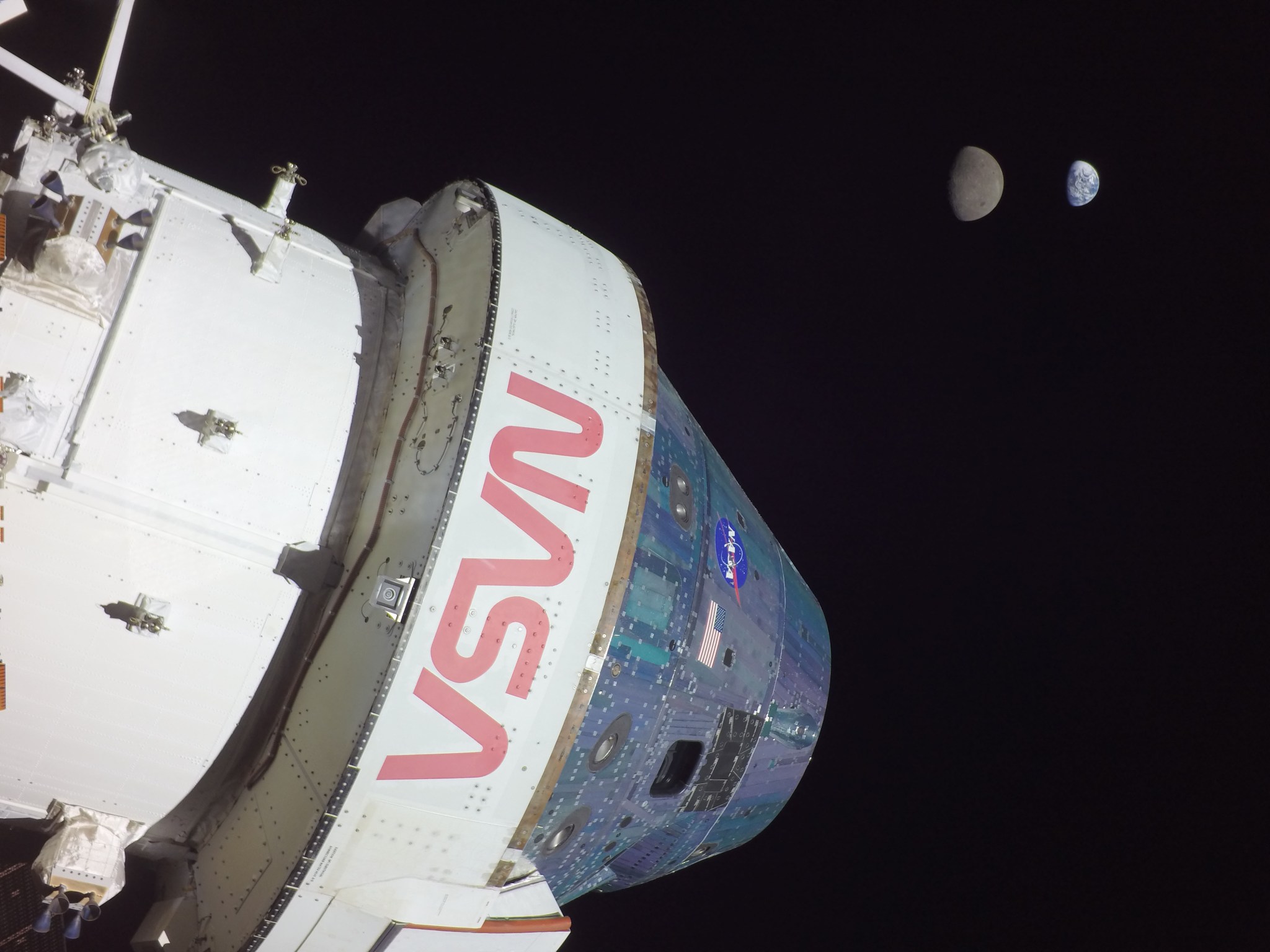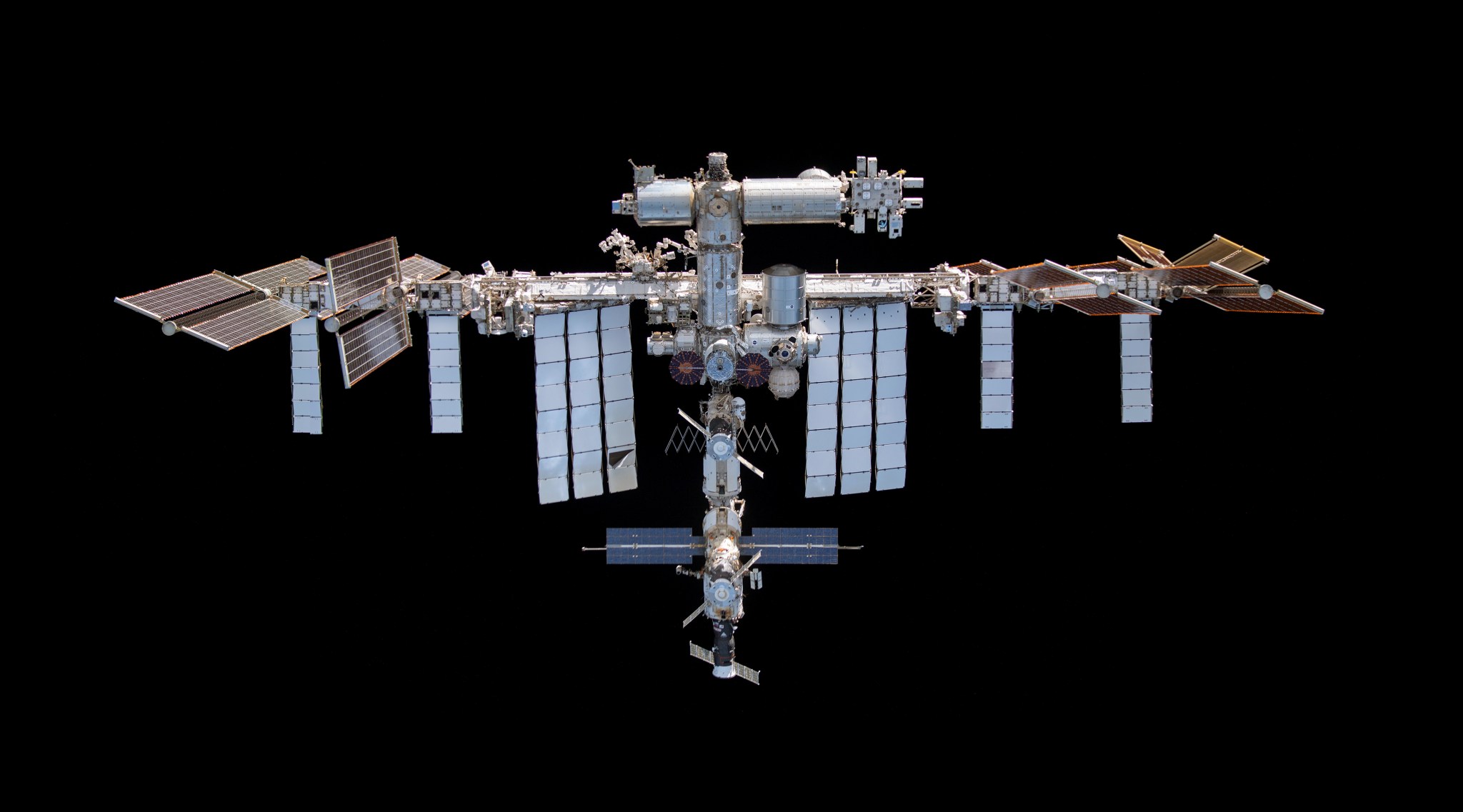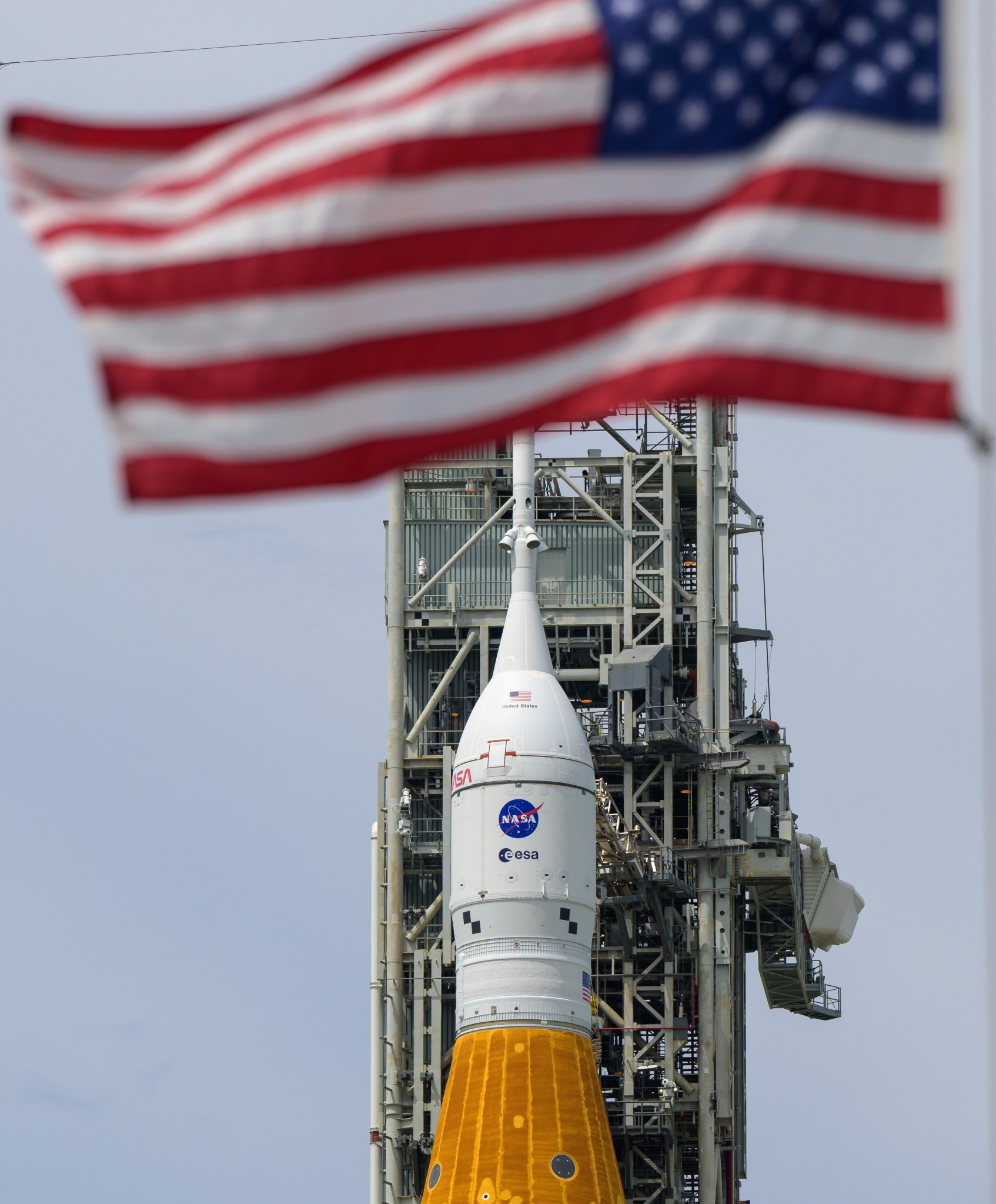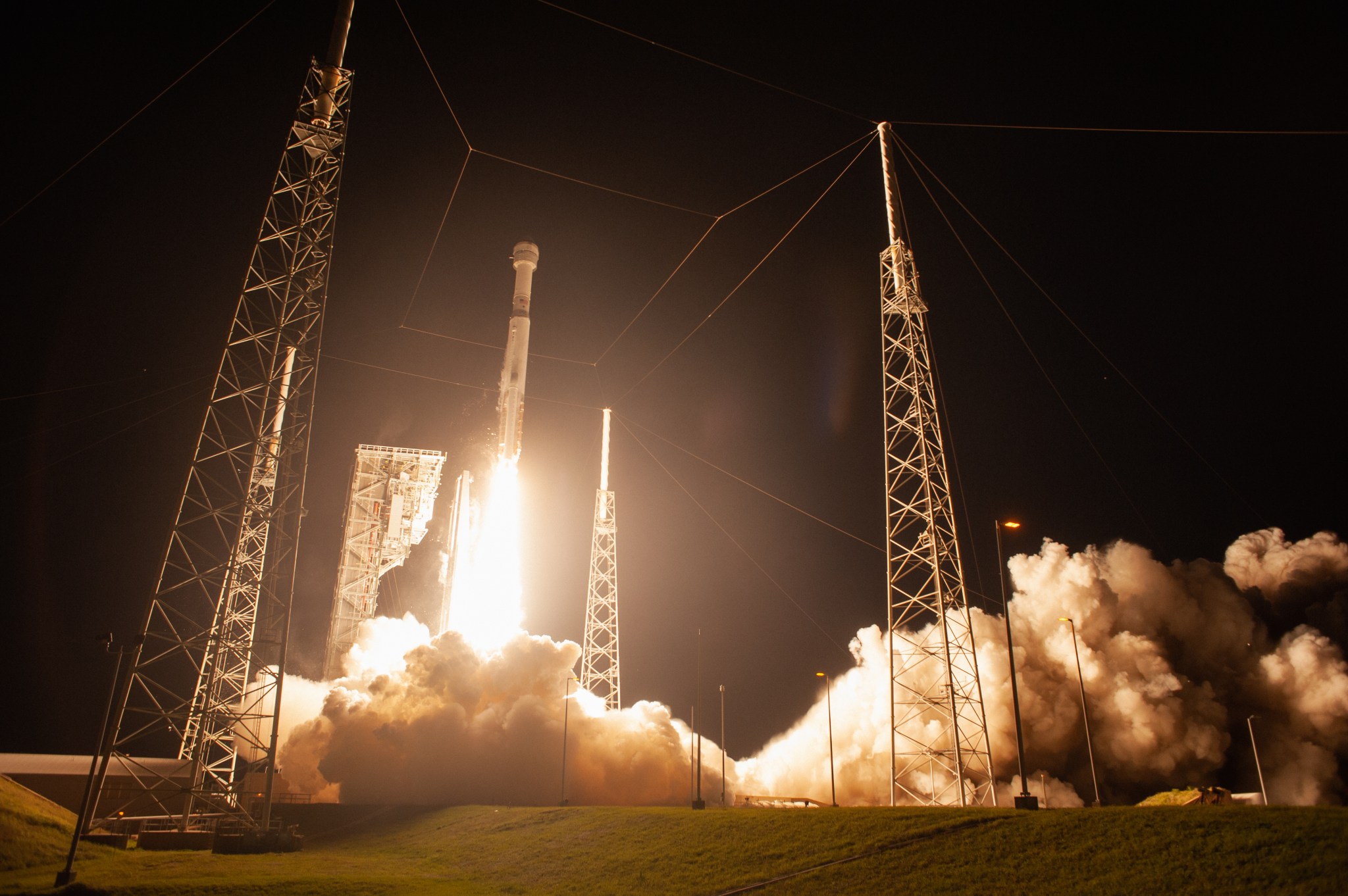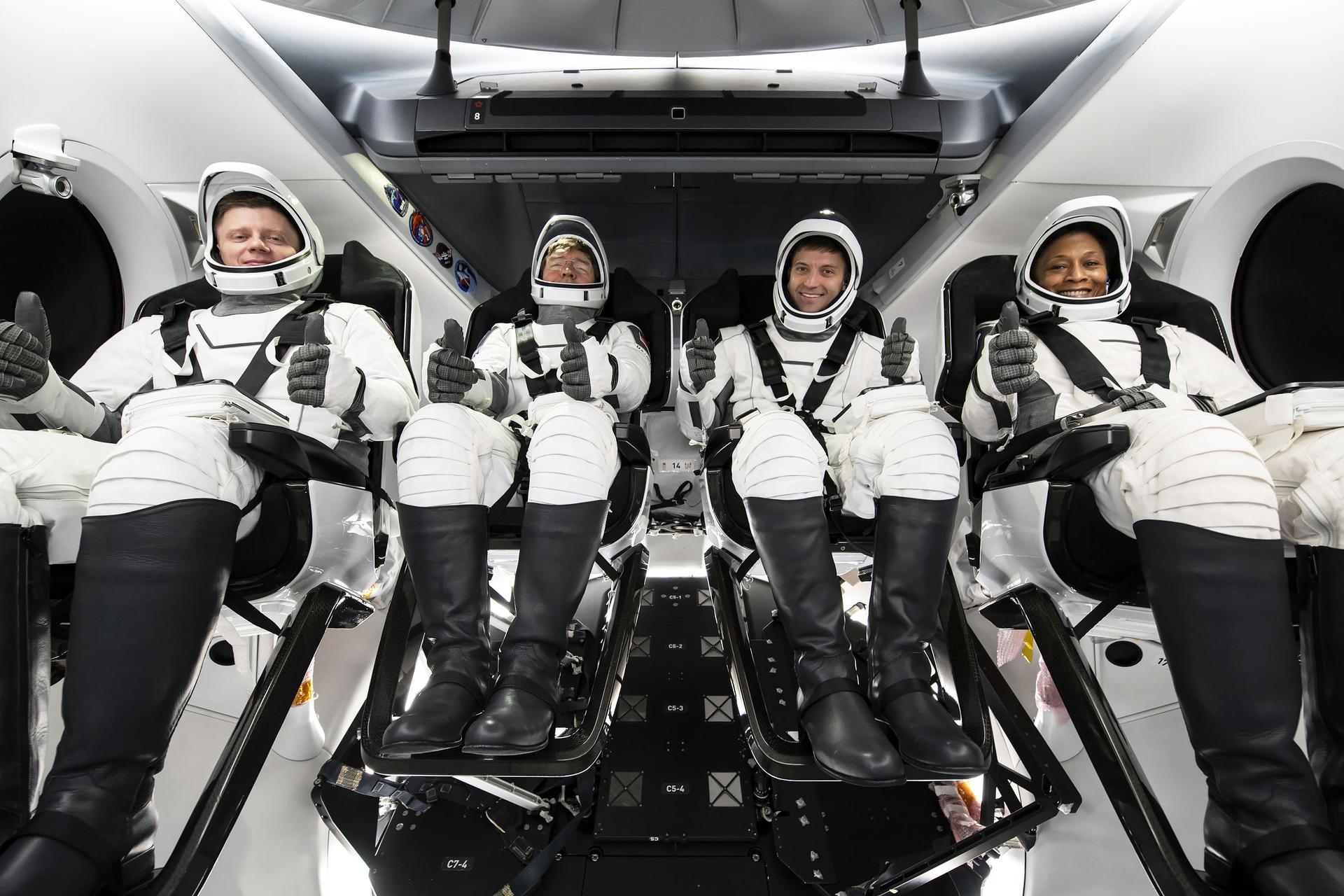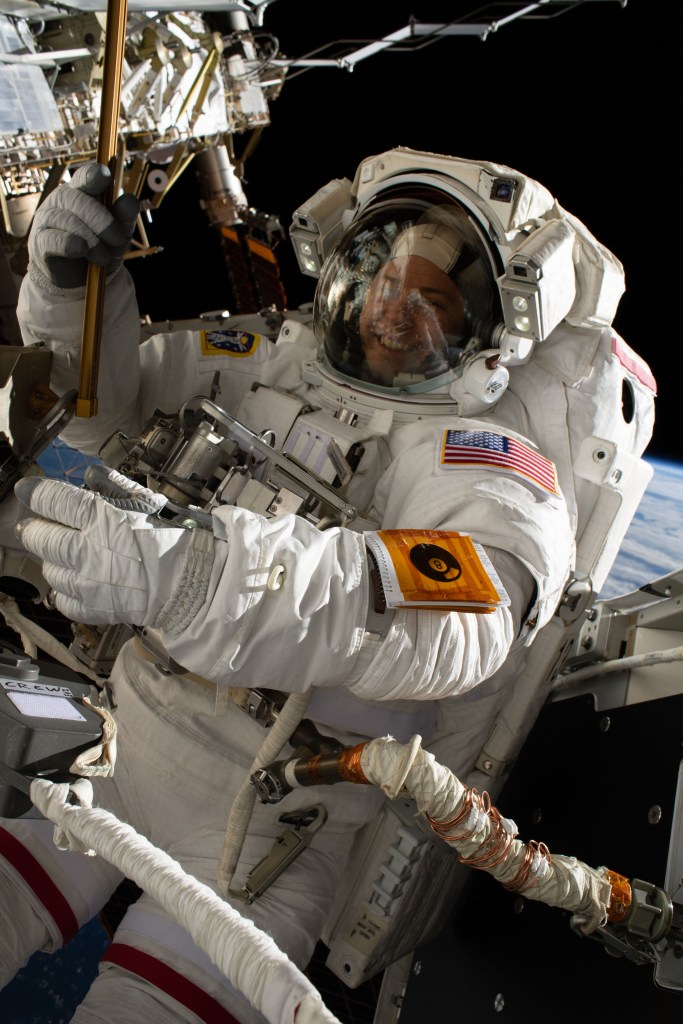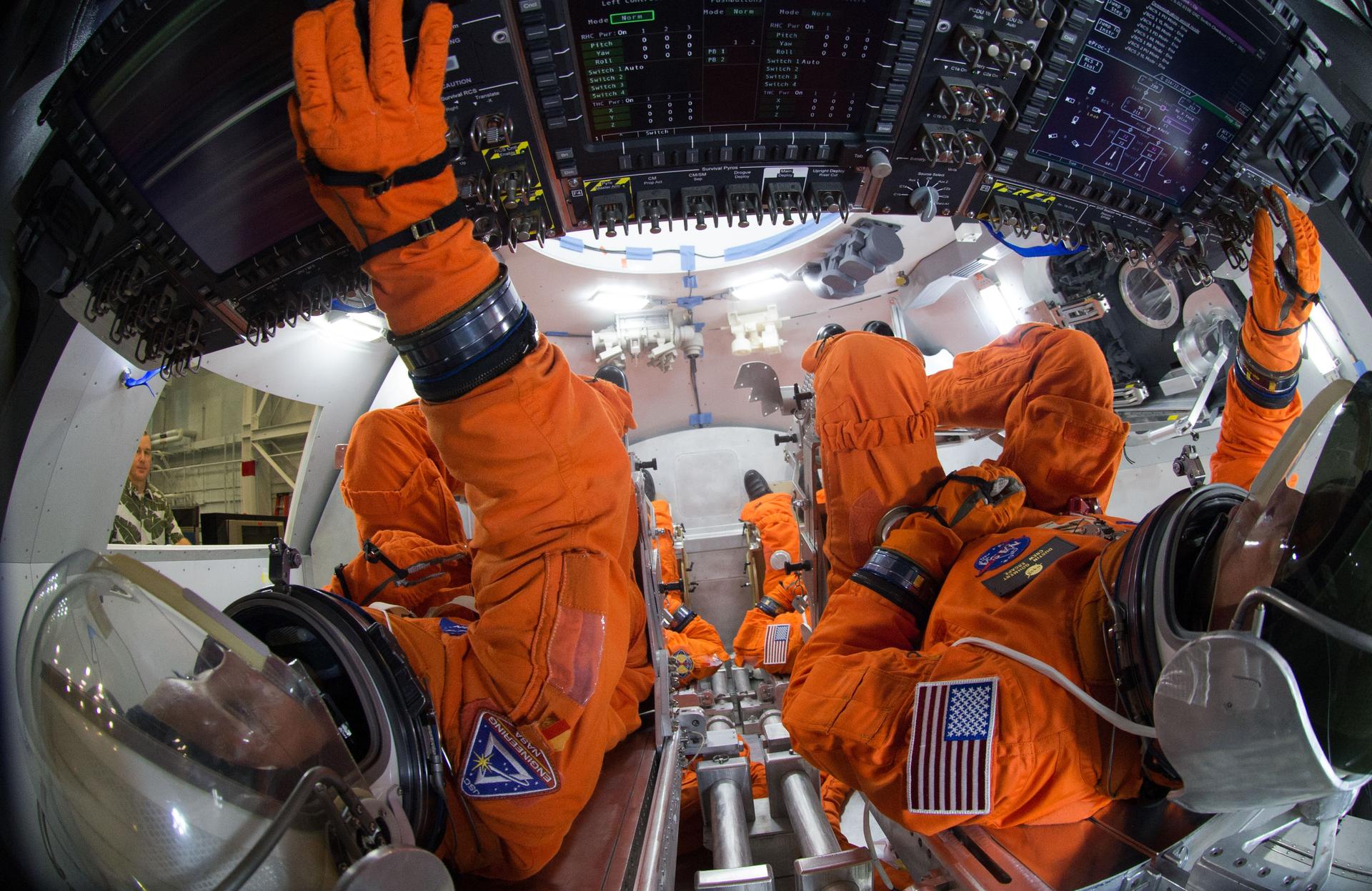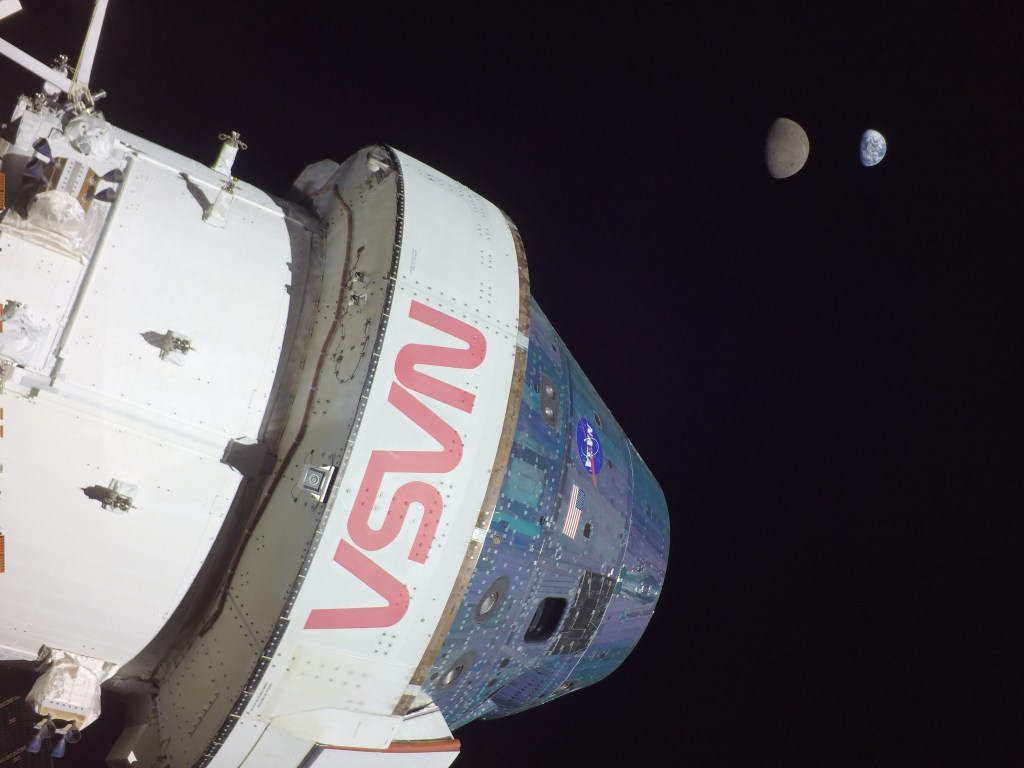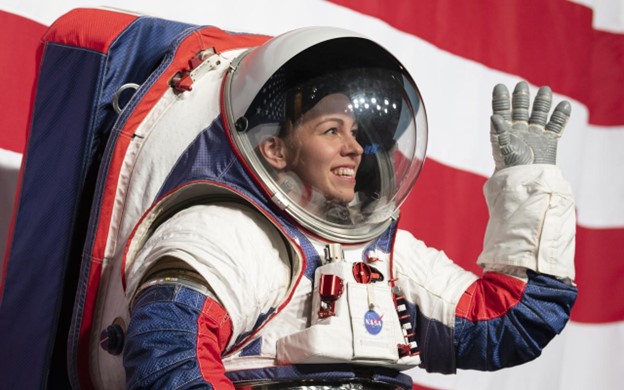Crewed Spacecraft
NASA’s Johnson Space Center (JSC) is the hub of the United States’ crewed spaceflight efforts. Located in Houston, JSC is renowned for its leadership in developing and operating crewed spacecraft. JSC is responsible for the design, testing, and management of spacecraft systems that ensure the safety and success of human spaceflight missions. JSC’s work includes developing the Orion spacecraft for deep space exploration, and collaborating with commercial partners through the Commercial Crew Program to foster advancements in spaceflight. Its state-of-the-art facilities and expertise in human spaceflight make it a pivotal hub for pioneering space exploration. Read more about JSC’s role in these Programs below.
Orion Spacecraft
NASA’s Orion spacecraft is built to take humans farther than they’ve ever gone before. On Artemis missions, Orion will carry the crew to space, provide emergency abort capability, sustain the crew during the space travel, and provide safe re-entry from deep space return velocities. Orion will launch on NASA’s new heavy-lift rocket, the Space Launch System.
Read More: https://www.nasa.gov/humans-in-space/orion-spacecraft/
Commercial Crew Program
The mission of the Commercial Crew Program is to manage the development and operations for the end-to-end Crew Transportation Systems (CTS) to safely transport the crew to and from the International Space Station; to manage the CTS certification and flight readiness review process; and to manage all supporting technical and programmatic Partner Integration functions supporting the Program.
Read More: https://www.nasa.gov/humans-in-space/commercial-space/commercial-crew-program/
Connect With Us
Whether you are a public agency, private company, or academic institution, we look forward to hearing from you. Fill out the Statement of Interest form to submit your inquiry.

























